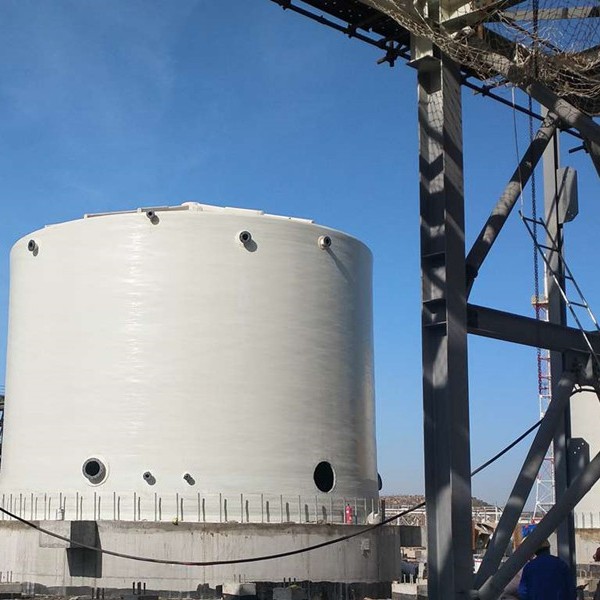
-
 Afrikaans
Afrikaans -
 Albanian
Albanian -
 Amharic
Amharic -
 Arabic
Arabic -
 Armenian
Armenian -
 Azerbaijani
Azerbaijani -
 Basque
Basque -
 Belarusian
Belarusian -
 Bengali
Bengali -
 Bosnian
Bosnian -
 Bulgarian
Bulgarian -
 Catalan
Catalan -
 Cebuano
Cebuano -
 China
China -
 China (Taiwan)
China (Taiwan) -
 Corsican
Corsican -
 Croatian
Croatian -
 Czech
Czech -
 Danish
Danish -
 Dutch
Dutch -
 English
English -
 Esperanto
Esperanto -
 Estonian
Estonian -
 Finnish
Finnish -
 French
French -
 Frisian
Frisian -
 Galician
Galician -
 Georgian
Georgian -
 German
German -
 Greek
Greek -
 Gujarati
Gujarati -
 Haitian Creole
Haitian Creole -
 hausa
hausa -
 hawaiian
hawaiian -
 Hebrew
Hebrew -
 Hindi
Hindi -
 Miao
Miao -
 Hungarian
Hungarian -
 Icelandic
Icelandic -
 igbo
igbo -
 Indonesian
Indonesian -
 irish
irish -
 Italian
Italian -
 Japanese
Japanese -
 Javanese
Javanese -
 Kannada
Kannada -
 kazakh
kazakh -
 Khmer
Khmer -
 Rwandese
Rwandese -
 Korean
Korean -
 Kurdish
Kurdish -
 Kyrgyz
Kyrgyz -
 Lao
Lao -
 Latin
Latin -
 Latvian
Latvian -
 Lithuanian
Lithuanian -
 Luxembourgish
Luxembourgish -
 Macedonian
Macedonian -
 Malgashi
Malgashi -
 Malay
Malay -
 Malayalam
Malayalam -
 Maltese
Maltese -
 Maori
Maori -
 Marathi
Marathi -
 Mongolian
Mongolian -
 Myanmar
Myanmar -
 Nepali
Nepali -
 Norwegian
Norwegian -
 Norwegian
Norwegian -
 Occitan
Occitan -
 Pashto
Pashto -
 Persian
Persian -
 Polish
Polish -
 Portuguese
Portuguese -
 Punjabi
Punjabi -
 Romanian
Romanian -
 Russian
Russian -
 Samoan
Samoan -
 Scottish Gaelic
Scottish Gaelic -
 Serbian
Serbian -
 Sesotho
Sesotho -
 Shona
Shona -
 Sindhi
Sindhi -
 Sinhala
Sinhala -
 Slovak
Slovak -
 Slovenian
Slovenian -
 Somali
Somali -
 Spanish
Spanish -
 Sundanese
Sundanese -
 Swahili
Swahili -
 Swedish
Swedish -
 Tagalog
Tagalog -
 Tajik
Tajik -
 Tamil
Tamil -
 Tatar
Tatar -
 Telugu
Telugu -
 Thai
Thai -
 Turkish
Turkish -
 Turkmen
Turkmen -
 Ukrainian
Ukrainian -
 Urdu
Urdu -
 Uighur
Uighur -
 Uzbek
Uzbek -
 Vietnamese
Vietnamese -
 Welsh
Welsh -
 Bantu
Bantu -
 Yiddish
Yiddish -
 Yoruba
Yoruba -
 Zulu
Zulu
Fiberglass Clarifier Solutions for Enhanced Water Treatment and Solid Separation Efficiency
Fiberglass Clarifier Systems for Efficient Water Treatment and Solid Separation
In recent years, the importance of effective water treatment has become increasingly apparent due to the growing concerns around water scarcity, pollution, and environmental sustainability. Among the various technologies developed to combat these issues, fiberglass clarifier systems have emerged as an innovative solution for efficient water treatment and solid separation. This article explores the benefits and functionalities of fiberglass clarifier systems, shedding light on their application in modern wastewater management.
Understanding Fiberglass Clarifier Systems
Fiberglass clarifier systems are designed to separate solids from liquids in a variety of water treatment processes. Constructed primarily from fiberglass-reinforced plastic, these systems are notable for their durability, resistance to corrosion, and lightweight properties. The design typically includes a series of settling tanks, where gravity plays a key role in the separation of solids from the water. As water enters the clarifier, its flow is slowed, allowing suspended solids to settle at the bottom of the tank, forming what is known as sludge.
Advantages of Fiberglass Clarifiers
1. Durability and Longevity One of the most significant advantages of using fiberglass in clarifier construction is its resistance to chemicals and environmental factors. Unlike traditional materials like steel or concrete, fiberglass does not corrode over time, ensuring that the system remains effective and requires less maintenance.
2. Cost-Effectiveness While the initial investment in fiberglass technology might be higher compared to conventional materials, the long-term savings in maintenance and operational costs make fiberglass clarifiers a financially viable option. Their longevity reduces the need for frequent replacements, which can be a costly aspect of water treatment infrastructure.
3. Lightweight Design The lightweight nature of fiberglass simplifies the installation process, allowing for easier transport and handling. This characteristic is especially beneficial for projects in remote or challenging locations where traditional equipment may be harder to install.
fiberglass clarifier system for efficient water treatment and solid

4. Efficiency in Solid Separation Fiberglass clarifier systems are engineered to optimize the settling process. They can achieve higher separation efficiencies, which means reduced turbidity in the treated water. This efficiency is crucial in meeting regulatory standards for discharge and recycling applications.
5. Versatility These systems can be customized to suit various applications, from industrial wastewater treatment to municipal sewage facilities. The adaptability of fiberglass clarifiers makes them a go-to choice for diverse treatment processes, including those in food and beverage manufacturing, chemical processing, and stormwater management.
Applications in Water Treatment
The applications of fiberglass clarifier systems are extensive. In municipal wastewater treatment plants, they serve as a critical component for pre-treatment processes, enhancing the overall quality of effluent. Furthermore, industrial facilities often integrate fiberglass clarifiers into their operations to manage the byproducts generated during production cycles effectively.
With increasing regulatory requirements for water quality, these clarifiers assist facilities in meeting compliance standards while also promoting sustainability. By efficiently removing solids, they contribute to the reduction of pollution and the conservation of water resources.
Conclusion
As the demand for sustainable water treatment solutions grows, fiberglass clarifier systems are proving to be a valuable asset in the industry. Their combination of durability, cost-effectiveness, and operational efficiency makes them suitable for a wide range of applications. By investing in advanced water treatment technologies, such as fiberglass clarifiers, we can ensure better management of our water resources and contribute to a healthier ecosystem. As we move forward, embracing these innovations will be paramount in addressing the global water crisis and fostering environmental responsibility.
Latest news
-
Exploring the Benefits of Top Hammer Drifter Rods for Enhanced Drilling PerformanceNewsJun.10,2025
-
High-Precision Fiberglass Winding Machine for GRP/FRP Pipe Production – Reliable & Efficient SolutionsNewsJun.10,2025
-
FRP Pipes & Fittings for Shipbuilding - Corrosion-Resistant & LightweightNewsJun.09,2025
-
Premium FRP Flooring Solutions Durable & Slip-ResistantNewsJun.09,2025
-
Premium Fiberglass Rectangular Tanks Durable & Lightweight SolutionNewsJun.09,2025
-
Tapered Drill String Design Guide Durable Performance & UsesNewsJun.09,2025









